The 2025 Psychiatric and Mental Health Nursing Exam 1: 60 In-Depth Practice Questions, Study Guide, and Rationales is a meticulously crafted resource for nursing students gearing up for their Psychiatric and Mental Health Nursing Exam 1 in 2025. This comprehensive study guide features 60 in-depth, NCLEX-style practice questions, including multiple-choice, select-all-that-apply, and case study formats, designed to reflect the exam’s rigor. It covers essential topics such as therapeutic communication techniques, mental health disorders like schizophrenia and anxiety, and patient safety in psychiatric settings. Questions delve into practical scenarios, such as using the CAGE questionnaire to screen for substance use, applying milieu therapy in a group setting, or identifying signs of mania in a patient with bipolar disorder. Each question is accompanied by detailed rationales, providing clear explanations—for example, why a nurse should avoid arguing with a patient experiencing delusions and instead validate their feelings to build trust. Aligned with the latest NCLEX test plan and psychiatric nursing standards, this guide also includes a concise study section summarizing key concepts like the stages of grief, defense mechanisms, and psychopharmacology basics (e.g., side effects of SSRIs). It equips students with the tools to enhance clinical reasoning, refine test-taking strategies, and achieve success in both their exam and future NCLEX preparation.
Preview
A child known as the neighborhood bully says, “Nobody can tell me what to do.” After
receiving a poor grade on a science project, this child secretly loaded a virus on the
teacher’s computer. These behaviors support a diagnosis of:
a. conduct disorder.
b. oppositional defiant disorder.
c. intermittent explosive disorder.
d. attention deficit hyperactivity disorder. – – correct ans- -B
Oppositional defiant disorder is a repeated and persistent pattern of having an angry and
irritable mood in conjunction with demonstrating defiant and vindictive behavior. Loading a
virus is a vindictive behavior in retribution for a poor grade. Persons with conduct disorder
are aggressive against people and animals; destroy property; are deceitful; violate rules;
and have impaired social, academic, or occupational functioning. There is no evidence of
explosiveness or distractibility.
An 11-year-old diagnosed with oppositional defiant disorder becomes angry over the rules
at a residential treatment program and begins shouting at the nurse. What is the nurse’s
initial action to defuse the situation?
a. Say to the child, “Tell me how you’re feeling right now.”
b. Take the child swimming at the program’s pool.
c. Establish a behavioral contract with the child.
d. Administer an anxiolytic medication. – – correct ans- -B
Redirecting the expression of feelings into nondestructive, age-appropriate behaviors such
as a physical activity helps the child learn how to modulate the expression of feelings and
exert self-control. This is the least restrictive alternative and should be tried before
resorting to measures that are more restrictive. A shouting child will not likely engage in a
discussion about feelings. A behavioral contract could be considered later, but first the
situation must be defused.
Parents of an adolescent diagnosed with a conduct disorder say, “We don’t know how to
respond when our child breaks the rules in our house. Is there any treatment that might
help us?” Which therapy is likely to be helpful for these parents?
a. Parent-child interaction therapy (PCIT)
b. Behavior modification therapy
c. Multi-systemic therapy (MST)
d. Pharmacotherapy – – correct ans- -A
In parent-child interaction therapy (PCIT), the therapist sits behind one-way mirrors and
coaches parents through an ear audio device while they interact with their children. The
therapist can suggest strategies that reinforce positive behavior in the adolescent. The goal
is to improve parenting strategies and thereby reduce problematic behavior. Behavior
modification therapy may help the adolescent, but the parents are seeking help for
themselves. Multi-systemic therapy is much broader and does not target the parents’ need.
receiving a poor grade on a science project, this child secretly loaded a virus on the
teacher’s computer. These behaviors support a diagnosis of:
a. conduct disorder.
b. oppositional defiant disorder.
c. intermittent explosive disorder.
d. attention deficit hyperactivity disorder. – – correct ans- -B
Oppositional defiant disorder is a repeated and persistent pattern of having an angry and
irritable mood in conjunction with demonstrating defiant and vindictive behavior. Loading a
virus is a vindictive behavior in retribution for a poor grade. Persons with conduct disorder
are aggressive against people and animals; destroy property; are deceitful; violate rules;
and have impaired social, academic, or occupational functioning. There is no evidence of
explosiveness or distractibility.
An 11-year-old diagnosed with oppositional defiant disorder becomes angry over the rules
at a residential treatment program and begins shouting at the nurse. What is the nurse’s
initial action to defuse the situation?
a. Say to the child, “Tell me how you’re feeling right now.”
b. Take the child swimming at the program’s pool.
c. Establish a behavioral contract with the child.
d. Administer an anxiolytic medication. – – correct ans- -B
Redirecting the expression of feelings into nondestructive, age-appropriate behaviors such
as a physical activity helps the child learn how to modulate the expression of feelings and
exert self-control. This is the least restrictive alternative and should be tried before
resorting to measures that are more restrictive. A shouting child will not likely engage in a
discussion about feelings. A behavioral contract could be considered later, but first the
situation must be defused.
Parents of an adolescent diagnosed with a conduct disorder say, “We don’t know how to
respond when our child breaks the rules in our house. Is there any treatment that might
help us?” Which therapy is likely to be helpful for these parents?
a. Parent-child interaction therapy (PCIT)
b. Behavior modification therapy
c. Multi-systemic therapy (MST)
d. Pharmacotherapy – – correct ans- -A
In parent-child interaction therapy (PCIT), the therapist sits behind one-way mirrors and
coaches parents through an ear audio device while they interact with their children. The
therapist can suggest strategies that reinforce positive behavior in the adolescent. The goal
is to improve parenting strategies and thereby reduce problematic behavior. Behavior
modification therapy may help the adolescent, but the parents are seeking help for
themselves. Multi-systemic therapy is much broader and does not target the parents’ need.
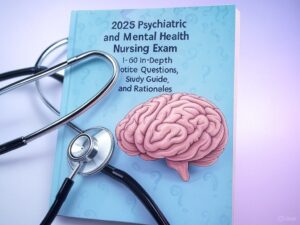
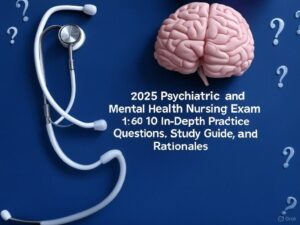


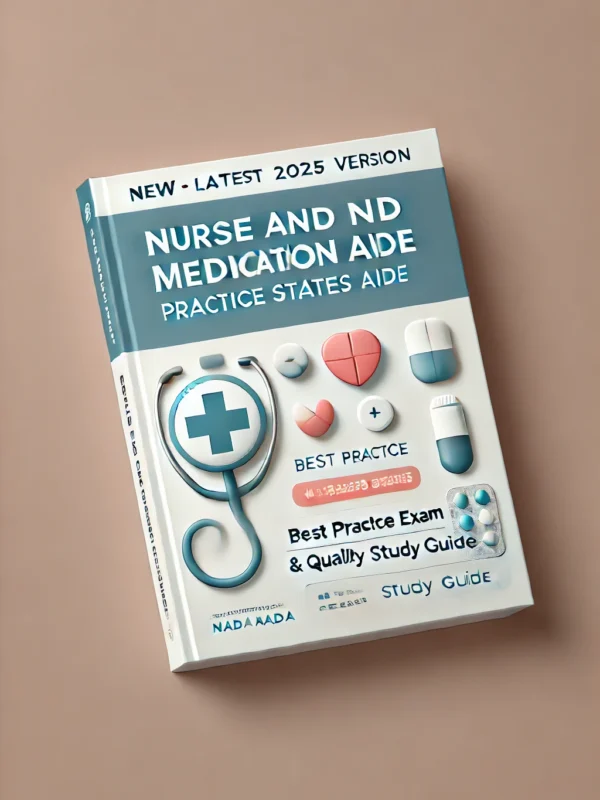


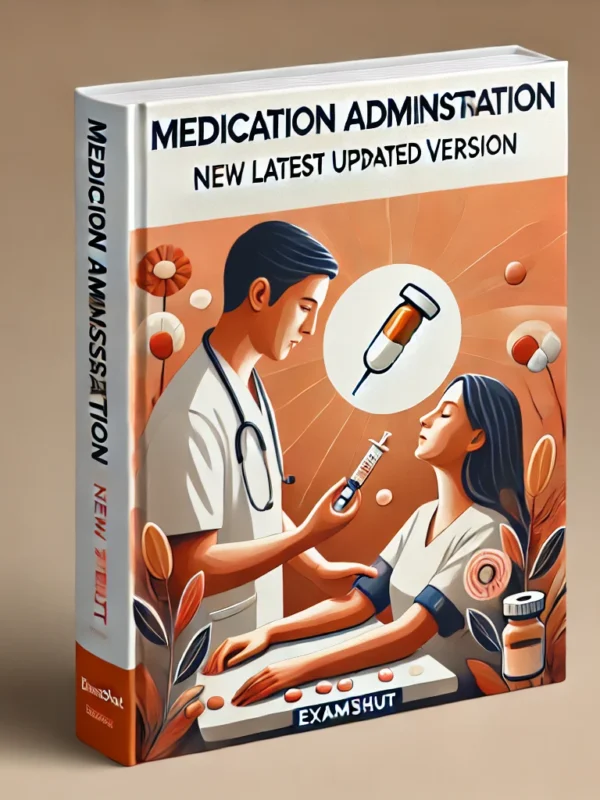
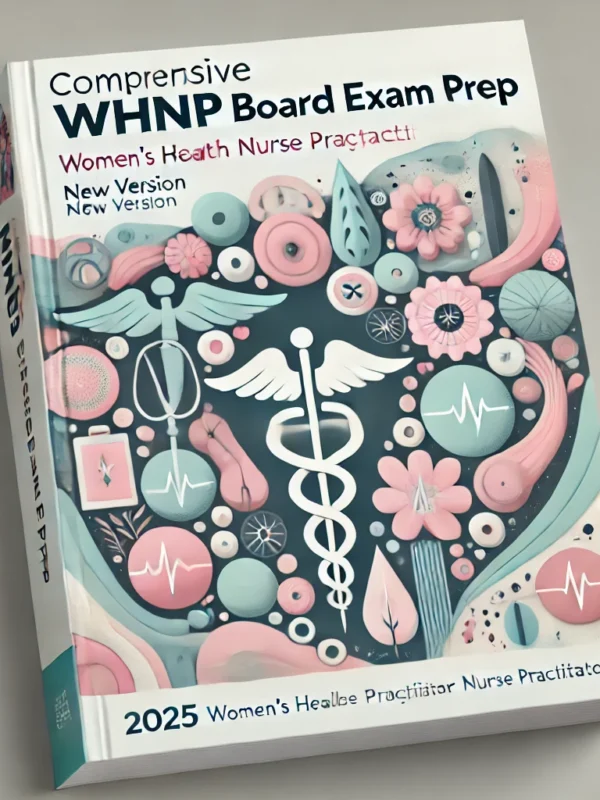


Reviews
There are no reviews yet.